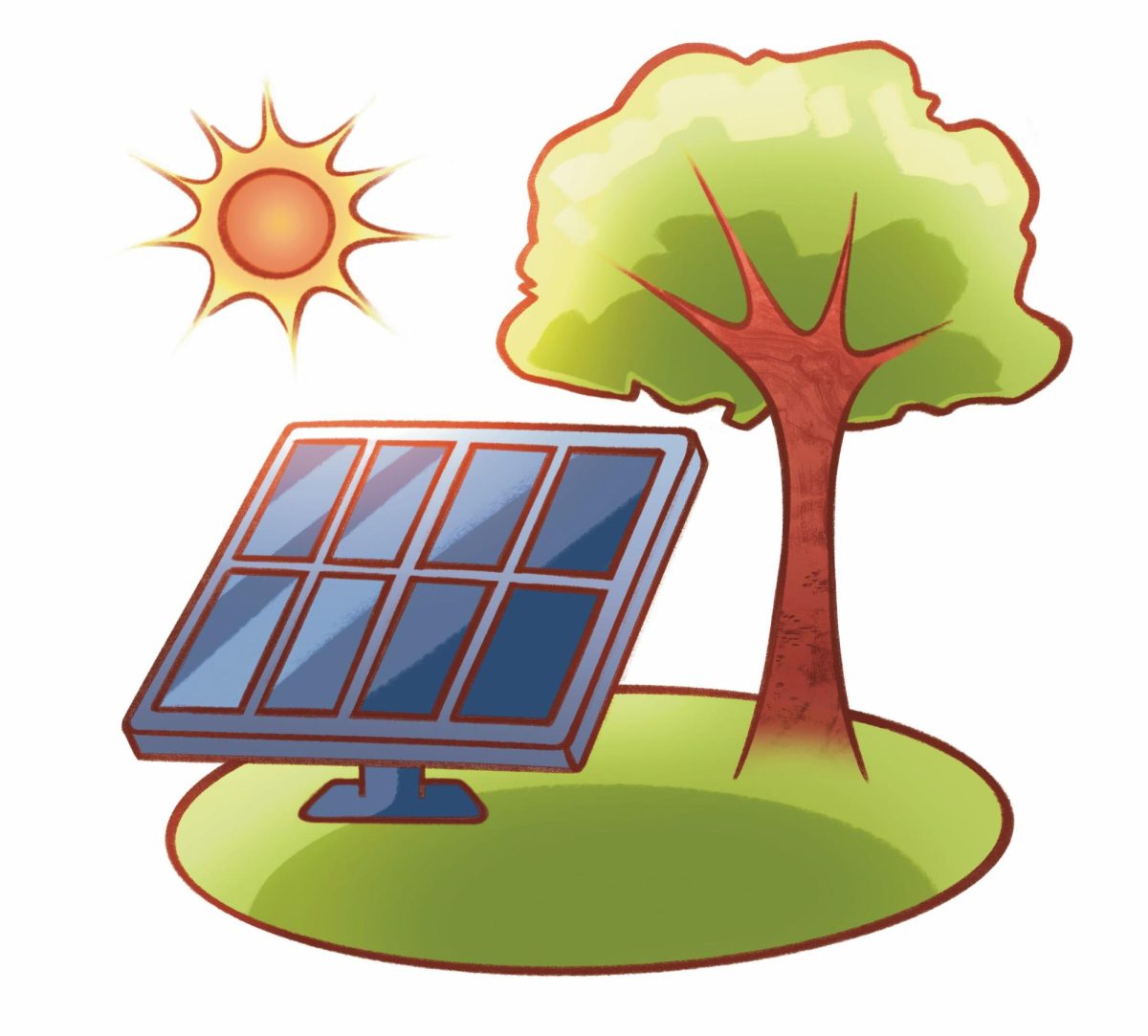The California Public Utilities Commission implemented multiple changes in April 2023 for California’s solar panel energy net metering programs, resulting in the reduction of the number of solar panel users by over 70%.
Cailee Underhill, the Advocacy and Development Director of Solar Rights Alliance –– a nonprofit organization dedicated to representing California solar panel users –– said net metering programs, where solar panel users receive money for the excess solar energy they generate, substantially increased the affordability of solar panels in the past.
“About 10 years ago, you had to be pretty rich, technical or determined to go solar,” Underhill said. “There were only about 10,000 Solar rooftops. Enter net metering: the solar market blossomed, and in just about 10 years, we have just under two million solar rooftops.”
Then in April, the CPUC cut solar credit in the net metering program by around 75% under a policy called NEM 3.0. Conducted by the California Solar and Storage Association, a 2023 survey with 208 respondents from solar panel companies across the state, found that over a fifth of the state’s solar workers lost their jobs as a result of the cuts.
Underhill said the new policy makes it unaffordable for some people to buy solar panels by increasing the amount of time it takes to pay off their investment.
Junior Ethan Wang, whose family installed solar panels two years ago, said the new policies contradict the state’s original goal of transitioning to green energy.
“I thought the original point of paying people to install solar panels was to incentivize people to actually do it because (it’s) obviously good for the environment,” Wang said. “I feel like (the policy) does the opposite.”
Additionally, while solar energy on apartment buildings can still be distributed to individual apartments, the CPUC updated its onsite solar and storage tariffs for multifamily residential buildings in November restricting solar energy from being used to power general areas of the building.
“Landlords can’t use solar to power any common areas, like a laundry room, a gym, a lobby or a pool,” Underhill said. “So if you’re a landlord, you’re not going to put solar on the roof, (and) the renters aren’t going to benefit from it anyway.”
Naomie Chien, the Silicon Valley North chapter lead of the Citizens Climate Lobby –– a nonprofit grassroots national climate organization –– said cutbacks on solar credits only stifle the transition to green energy.
“In order to transition into the green transition, we need things to be profit-driven because we’re in a capitalist economy,” Chien said. “For something to be sustainable long term, we need to make renewable energy profitable.”
In the November policy, the CPUC also cut solar energy incentives to schools, farms and most renters.
“The natural place to put solar panels (in a school) would be the roof of the gym. You need to run the energy from the gym to the high school and the middle school, all on the same property,” Underhill said. “(The CPUC) said because the electron has to travel from the gym, it touches the grid for an instant, and therefore it’s ours and the school has to buy it back at full retail rate.”
Chien said this policy also disproportionately affects lower-income communities, due to the lack of profit incentives.
“Without the financial support that rebates offer, installing solar panels which require a drastic (payment) at the forefront, which is impossible for these families even though they would be the ones affected the most by rising energy prices,” Chien said. “It’s disappointing to hear that this policy might lead California to have regressions in how we can achieve 100% electrification by 2045.”
Underhill said the CPUC decided to push through with these policies despite a large public backlash.
“People reached out in droves to the governor and CPUC in protest,” Underhill said. “170,000 people wrote and marched, protested and testified against this cut to solar credit –– the CPUC and the governor chose not to listen. All those people were joined by a coalition of over 600 organizations and elected officials and businesses and schools who all were standing together saying ‘Don’t cut this solar credit.’”
The CPUC said the rate cuts were implemented because the production of batteries to store solar energy was not keeping up with the number of solar panels installed. Under the new policy enacted in April, people receive higher compensation for the energy they put into the grid between 4 p.m. to 7 p.m., incentivizing users to invest in solar batteries to store the energy they generate during the day and sell it during these peak consumption hours.
“One of the problems with renewable energy and solar panels is that the demand for energy is very different throughout the day,” Chien said. “It’s hard to keep a steady stream of constant energy. At night, we use a lot of energy, but in the morning, we don’t use much energy at all, and the grid is forced to accommodate that maximum of energy output.”
As a result of the policy, the percentage of consumers buying batteries with solar panels has increased from 5% to as much as 50%. However, batteries in California cost around $13,202 after federal tax benefits, according to Energy Sage, which means fewer consumers can to pay for batteries at all.
According to a 2021 study conducted by Vibrant Clean Energy, solar energy has the potential to save $120 billion over the next 30 years if it can keep growing at its previous rate. Underhill attributes these savings to a decline in tax-payer-funded utilities.
“In California, the investor-owned utilities get a guaranteed rate of return on every long-distance power line they build, usually 8 to 12%,” Underhill said. “They are incentivized to build as many long distance power lines and utility-scale infrastructure as they can. If someone puts a rooftop solar panel on their home, that’s one less long-distance power line that the utilities get to build, but it’s actually better for all of us.”










